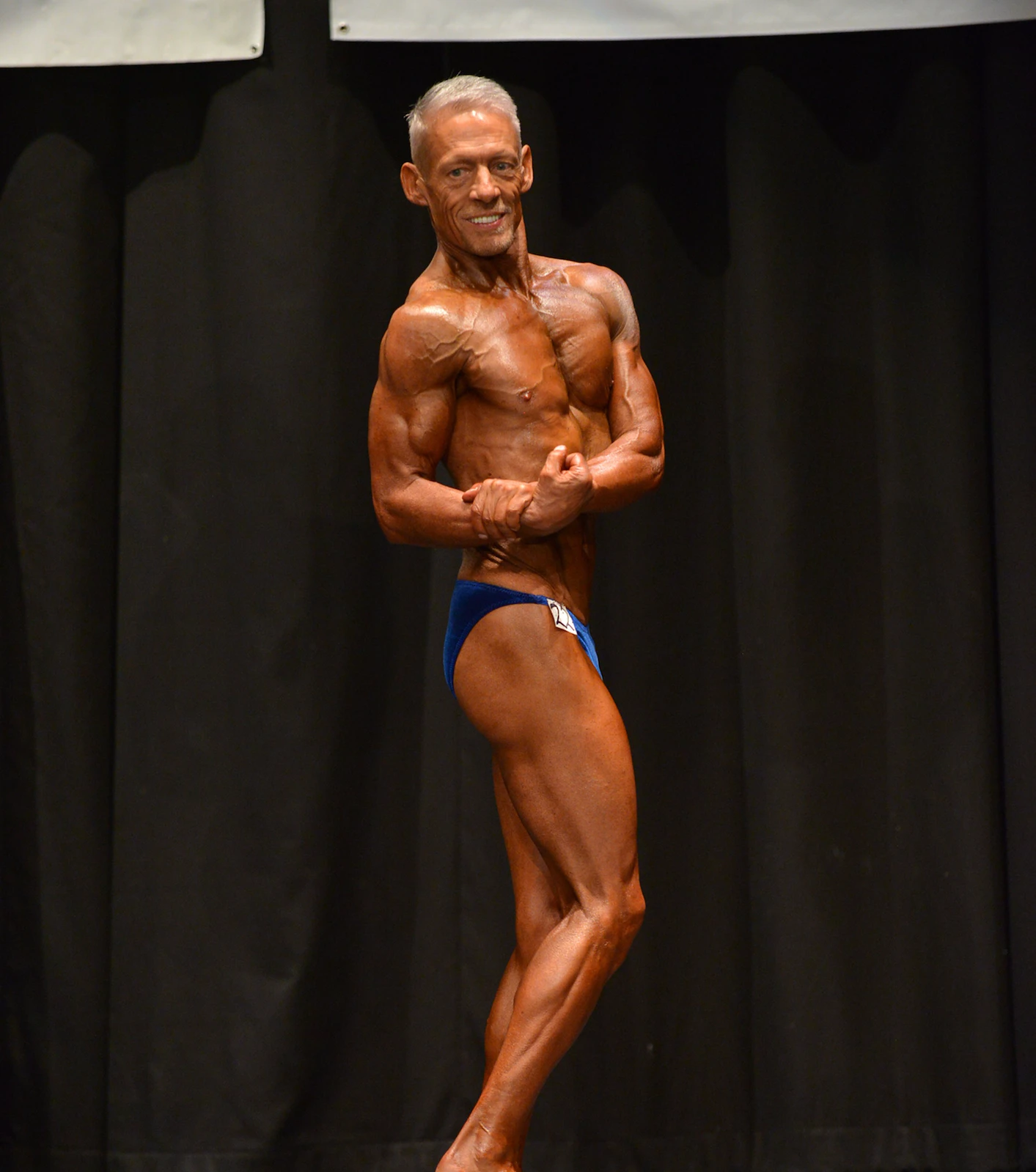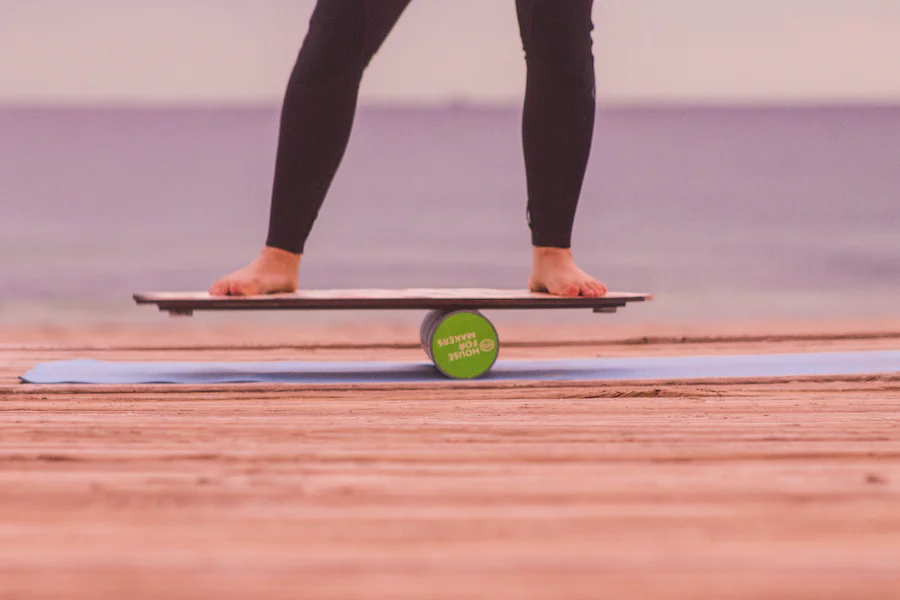Regular physical activity offers numerous benefits for seniors, improving physical, mental, and emotional health. Aging brings natural changes like reduced muscle mass, lower bone density, and decreased balance. These changes can heighten fall risks and affect life quality. Embracing a fitness routine emphasizing balance, strength, and stretching helps seniors maintain autonomy, prevent injuries, and promote overall well-being.
The three pillars: Balance, strength, and flexibility
-
Balance is vital for fall prevention and self-sufficiency. Balance exercises
enhance steadiness and coordination
, aiding daily tasks. -
Strength training
combats muscle loss increases bone density, and boosts metabolism, supporting daily activities and injury prevention
. -
Flexibility activities
maintain joint mobility and muscle elasticity, reducing injury risk
and easing daily tasks while promoting relaxation.
Incorporating these components creates a well-rounded fitness routine.
1. Getting started
Seeking advice from a medical professional
Prior to starting a fitness routine, older adults should consult their healthcare provider, especially with pre-existing conditions, injuries, or surgeries. Professionals can advise on appropriate exercises, intensities, and modifications based on individual needs.
Setting goals
Set realistic, measurable fitness goals to stay motivated and focused. Examples include daily 30-minute walks or improving balance to prevent falls. Regularly reassess and adjust goals as fitness improves or circumstances change.
Creating a supportive environment
-
Choose a well-lit, clear space with even, slip-resistant surfaces for exercise
-
Wear comfortable, non-slip shoes for activities
-
Stay hydrated
-
Eat a balanced diet
-
Consider exercising with a partner for motivation, safety, and enjoyment
Following these tips will help create a solid foundation for a successful fitness journey.
2. Balance Workouts
Preserving good balance is vital for older adults since it aids in fall prevention, posture enhancement, and the ability to perform daily tasks more effortlessly. Balance-focused exercises can boost coordination, stability, and overall physical functionality, allowing seniors to pursue an active lifestyle and retain their self-reliance.
Exercises:
-
Single-leg stance: Position yourself near a wall or stable chair for support if necessary. Raise one foot off the ground and maintain balance on the other leg, keeping the lifted foot near the supporting leg’s ankle. Sustain the pose for 10-30 seconds, then alternate legs. Perform 2-3 repetitions on each side.
-
Heel-to-toe strolling: Stand with feet hip-distance apart and arms relaxed at your sides. Move forward, placing the heel of one foot directly in front of the other foot’s toes. Proceed to walk in this fashion for 10-20 steps, concentrating on retaining balance and control. Turn around and repeat the process in the opposite direction.
-
Lateral leg raises: Position yourself close to a wall or chair for balance. Keep your back straight and your toes facing forward, and gently raise one leg to the side as high as you can without discomfort. Pause momentarily, then lower the leg to its initial position. Perform this 10-15 times for each leg.
-
Sit-to-stand: Situate yourself in a sturdy chair with feet flat on the floor and hip-distance apart. Lean slightly forward and rise, utilizing your leg muscles and maintaining a straight back. Gently lower yourself back to the seated position. Perform 10-15 repetitions.
-
Yoga poses: Tree pose and Warrior 3 can improve balance and stability.
Incorporating balance exercises into a consistent fitness regimen can assist in enhancing their stability, avoiding falls, and preserving functional independence.
3. Strength Workouts
As we age, muscle mass declines, reducing strength and stamina. Regular resistance training can combat this, improving muscle tone, bone density, and metabolism.

Exercises:
-
Bodyweight Squats: Stand with your feet at shoulder-width, and lower yourself like sitting in a chair. Maintain a straight back and raised chest, then stand up. Complete 10-15 reps.
-
Wall Push-Ups: Face a wall with outstretched arms and hands on it. Lean towards the wall, bending your elbows, and push back out to straighten your arms. Perform 10-15 reps.
-
Seated Leg Extensions: Sit in a chair, feet flat on the ground. Raise one leg straight out, then lower it. Repeat with the other leg for 10-15 reps.
-
Resistance Band Workouts: Utilize a resistance band for exercises like bicep curls, tricep extensions, and rows, either seated or standing.
-
Planks: Lay face down on the floor, pushing up onto forearms and toes. Maintain a straight body line from head to heels, holding for 10-30 seconds.
Keeping muscles strong is an essential anti-age, performing daily tasks and preventing injuries.
4. Stretching Workouts
Flexibility is crucial for maintaining mobility and overall health. Aging may reduce elasticity, increasing injury risk. Regular stretching helps maintain or improve flexibility, easing daily tasks and promoting relaxation and stress relief.
Exercises:
-
Neck Stretch:
-
Whether seated or standing, maintain a straight back and ease your shoulders.
-
Gradually tilt your head to one side, bringing your ear closer to your shoulder.
-
Maintain this position for 15-30 seconds before returning to the starting posture.
-
Repeat the process for the opposite side.
-
Shoulder Rotations:
-
Sit or stand with a straight back and relaxed shoulders.
-
Gradually move your shoulders up, back, and down in a circular pattern.
-
Finish 5-10 cycles, then change the direction for 5-10 more.
-
Upper Back Stretch:
-
Sit upright in a chair, feet flat on the floor.
-
Interlace your fingers and stretch your arms in front at shoulder level.
-
Gently curve your upper back, pushing your hands away from the body.
-
Hold for 15-30 seconds, then return to the beginning position.
-
Chest Stretch:
-
Stand near a doorway or wall.
-
Rest your forearm on the doorframe or wall, elbow bent at 90 degrees.
-
Slowly lean or step ahead, feeling a stretch in your chest and shoulder.
-
Hold for 15-30 seconds, then perform on the opposite side.
-
Seated Hamstring Stretch:
-
Sit at the chair’s edge with one leg straight in front and the other foot grounded.
-
With a straight back, gently bend forward from the hips until you sense a stretch in the back of the extended leg.
-
Hold for 15-30 seconds, then change your legs.
-
Sitting Calf Stretch:
-
Sit upright in a chair with one leg straight and the other foot on the floor.
-
Wrap a towel or resistance band around the extended foot’s ball.
-
Carefully tug the towel or band, feeling a stretch in your calf.
-
Hold for 15-30 seconds, then swap legs.
-
Seated Hip Stretch:
-
Sit upright in a chair, feet flat on the ground.
-
Cross one ankle over the other knee, forming a figure 4 with your limbs.
-
Gently apply pressure on the elevated knee, feeling a stretch in your hip and buttock.
-
Hold for 15-30 seconds, then alternate legs.
Adding regular flexibility exercises helps maintain or improve suppleness, promoting functional movement and overall well-being.
5. Guidelines for Safe and Efficient Balance, Strength, and Flexibility Execution
Warm-up: Begin each workout session with a 5-10 minute warm-up, such as gentle strolling or on-the-spot marching, to promote blood circulation and prepare the muscles and joints.
Balance Guidelines:

-
Advance incrementally: Start with basic exercises and gradually increase the difficulty as your balance and confidence improve.
-
Maintain correct posture
: Focus on proper alignment and control during each exercise, and avoid holding your breath. -
Pay attention to your body: If you experience pain or discomfort, stop the exercise and consult your healthcare professional before resuming.
Strength Guidelines:
-
Employ suitable resistance
: Choose weights or resistance bands that are challenging but manageable, and progressively increase resistance as your strength improves.
-
Concentrate on the form: Prioritize
proper technique
and control the number of repetitions or the amount of weight lifted. Maintain a steady, controlled tempo and avoid using momentum to lift weights. -
Breathe
: while you need to release power – exhale, while you return to the starting position – inhale. -
Rest: Allow
at least 48 hours
of rest between resistance training sessions for muscle recovery and rebuilding.
Flexibility Guidelines:
-
Sustain each stretch: Hold each stretch for
15-30 seconds
, allowing muscles to gradually elongate and relax. Avoid bouncing, as it can cause injury. -
Breathe: Engage in deep, slow breathing while stretching. Inhale when preparing for the stretch and exhale as you ease into it. This promotes relaxation and helps release tension in the muscles.
-
Stretch within your boundaries
: Stretch to the point of mild tension or discomfort, but never to the point of pain. Be patient and let your flexibility progress gradually over time.
6. Developing a Well-Rounded Workout Regimen
Integrating exercises
To establish a balanced fitness plan, seniors should include a combination of balance, strength, and flexibility exercises. Each exercise type targets a different facet of physical fitness, and merging them can offer optimal advantages. A sample workout schedule might consist of:
-
Warm-up: 5-10 minutes of gentle strolling or marching in place.
-
Balance exercises: 10-15 minutes of activities focused on balance, such as single-leg stances or heel-to-toe walking.
-
Strength exercises: 15-20 minutes of strength conditioning, concentrating on major muscle groups with activities like chair squats or bicep curls.
-
Flexibility exercises: 10-15 minutes of mild stretching for the neck, shoulders, hamstrings, and calves.
-
Cool-down: 5 minutes of leisurely walking or deep inhalations to help the body revert to a resting state.
Adjusting exercises to suit individual requirements
Individualize exercise programs based on fitness, health, and preferences. Adapt workouts for physical limitations or health concerns, such as using chair-based exercises for limited mobility. Consult professionals for alternatives or modifications if experiencing pain or discomfort.
Assessing progress and maintaining motivation
Regularly track progress to stay motivated in a workout routine. Keep a fitness journal to log exercises, duration, and intensity. Note improvements in balance, strength, or flexibility, and celebrate milestones. Consistency is key to the long-term benefits of exercise.
7. Key Takeaways
A balanced workout regimen including strength, flexibility, and balance exercises is crucial for seniors’ independence, injury prevention, and well-being. Consult healthcare experts, set realistic goals, and create a supportive environment for successful fitness. Customize workouts, track progress, and stay motivated to maintain an active lifestyle and improve the overall quality of life.

 By myulikeadmin
By myulikeadmin



